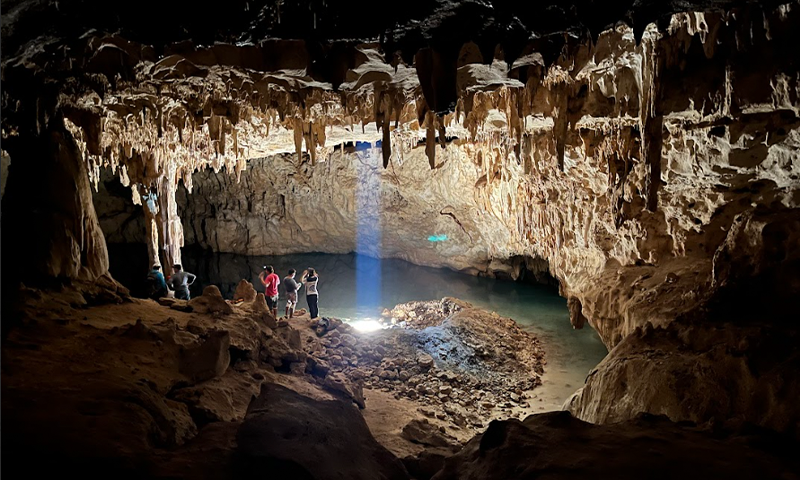Now Reading: Stalagmites Uncover Secrets of Maya Civilization
-
01
Stalagmites Uncover Secrets of Maya Civilization
Stalagmites Uncover Secrets of Maya Civilization

Quick summary
- Scientists analyzed stalagmites from caves in Yucatán, Mexico to uncover evidence of droughts that may have caused the collapse of the Maya civilization during its terminal Classic Period.
- Eight wet season droughts were identified, lasting at least three years each, wiht one extending to 13 years.
- Stalagmites provided detailed year-by-year rainfall data, unlike earlier studies using lake sediment which offered broader overviews.
- The research supports theories that environmental factors like severe and prolonged drought significantly contributed to the decline of Mayan culture around the ninth century.
- Results were published in Science Advances, while researchers continue exploring caves for further insights into this ancient mystery.
Indian Opinion Analysis
The findings underscore how social and cultural systems can be disrupted by extreme environmental conditions-insights especially relevant as India faces growing climate challenges today. An agrarian economy dependent on monsoons makes lessons from history valuable for policymakers aiming to improve agricultural resilience and disaster readiness strategies. Further, these scientific advancements illustrate how modern tools can reconstruct historical events with remarkable precision, opening paths for IndiaS archaeological community to adopt similar comprehensive methods when studying its ancient past.

























